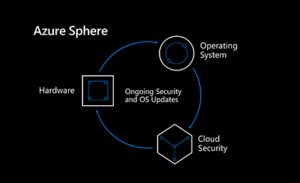Security guidance for remote desktop adoption
As the volume of remote workers quickly increased over the past two to three months, IT teams in many companies have been scrambling to figure out how their infrastructures and technologies will be able to handle the increase in remote connections.










